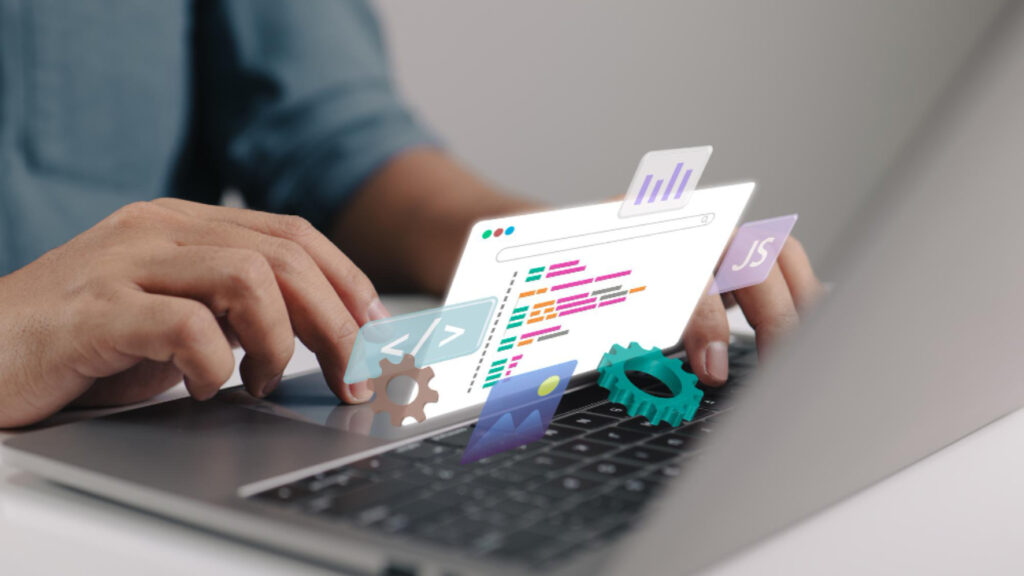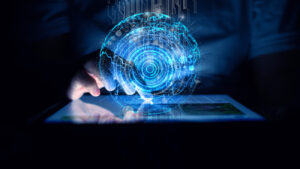Robotic process automation (RPA) and artificial intelligence (AI) are two of the most discussed technologies in business today stated Bahaa Al Zubaidi. Although both can be used to automate the tasks that revolve around a business, the way in which each operates significantly differs from the other. Distinguishing the fundamental differences between RPA and AI workflows is necessary in deciding where each can be applied to maximum effect.
What is RPA?
RPA tools are designed to perform a repetitive, rule-based task that was initially performed by humans. Some common examples include:
- Data transfer between various systems
- Data entry into forms
- Automating invoice processing
- Web scraping and data extraction
The RPA software is built to imitate manual steps that are required to execute repetitive tasks. It does this by interacting at the level of the user interface of other software applications in precisely the same way as a human would do. The RPA bots can log into systems, input data, move files, fill in forms, and run workflows.
Key Attributes of RPA
- Mimics human interaction with software systems
- Processes dependent on pre-defined rules and logic
- Most suitable for tasks that are higher in volume and repetitive
- Configuration insufficient in need of extreme technical skills
- Works with/within current IT infrastructure/ubiquitous software
What is AI?
AI refers to software technologies that make predictions, recommendations, or decisions by analyzing data. There are two main types of AI:
Narrow AI: Also called weak AI, focuses on singular tasks like speech recognition, image analysis, generating natural language, etc. Chatbots and digital assistants are examples of narrow AI.
General AI: Also known as artificial general intelligence (AGI), can theoretically perform intellectual tasks across multiple domains just like a human. True AGI does not yet exist.
Within these categories, some common AI techniques include:
- Machine learning algorithms identify patterns in data to build prediction models without explicit programming.
- Natural language processing (NLP) enables computers to analyze, understand, and generate human language.
- Computer vision identifies and classifies objects in images and videos.
Key Attributes of AI
Mimics human intelligence by learning from data
- Forces feeding of large volumes of datasets for training machine learning models
- Ideal for predictive, recommendation engines, pattern detection
- Engagement of good quality data scientists and relentless governance
- Engages with users and systems totally unlike humans
While the two possess an automated nature, they have different abilities:
- RPA operates on programmed rules, while AI has a learning nature which should help in improving.
- RPA provides automation in every repeatable action, while AI actually deals with those of a cognitive nature.
- RPA’s work extends to the user interface level, while that of AI is done at the level of data.
- Minimal technical expertise is required in RPA, and skillful data scientists are needed in AI.
- Quick ROI through cost reduction in RPA, new innovations, and capabilities driven by AI.
Lastly does serve the purpose, as a whole, RPA proves excellent in replacing repetitive human efforts, whereas AI works on advanced analytics and decision-making.
Synergies Between RPA and AI
RPA and AI can work together to deliver even greater business value:
- Through the use of moving between systems, RPA can prepare data for training AI algorithms.
- RPA can take the output of an AI system and feed it into downstream processes.
- AI can help in performance optimization by monitoring and improving the performance of RPA bots over time.
- RPA can optimize burdens on AI systems with the automation of mundane tasks.
Here are some examples of RPA and AI integration:
- Chatbots: RPA bots collect customer data from backend systems while AI handles natural language conversations.
- IT Operations: RPA resolves common IT tickets while AI detects network anomalies.
- Claims Processing: RPA extracts data from forms while AI analyzes images and detects fraud patterns.
Integration of RPA and AI marries intelligence with digital labor, a pair that works dynamically to create the most efficient processes and systems. While RPA takes care of tasks that are repetitive, AI takes on the more complex decision-making. Turn this duo working together can optimize workflows far beyond what either can do individually.
Making the Right Technology Choices
Both RPA and AI have the potential to change business productivity and efficiency fundamentally. Here’s how best practices can be used:
Distinguish RPA on repetitive, rules-based tasks: Processes such as data entry and transfers fully comprise an ideal case for RPA.
Consider AI where prediction and optimization are needed: AI delivers the most value for cognitive tasks.
Audit processes before automating: Pinpoint where automation can have the greatest impact.
Start small, think big: Demonstrate value with contained pilots before scaling.
Choose solutions suited for your skillset: RPA is lower code, while AI requires advanced data science skills.
Adopting RPA and AI has to be a strategic choice. Analysis of your processes, data landscape, and internal skills bring together the available technology options with the right automation opportunities. With this put in place, you can have the maximum benefit from both RPA and AI so as to realize digital transformation.
The blog has been authored by Bahaa Al Zubaidi and has been published by the editorial board of Tech Domain News. For more information, please visit www.techdomainnews.com.






